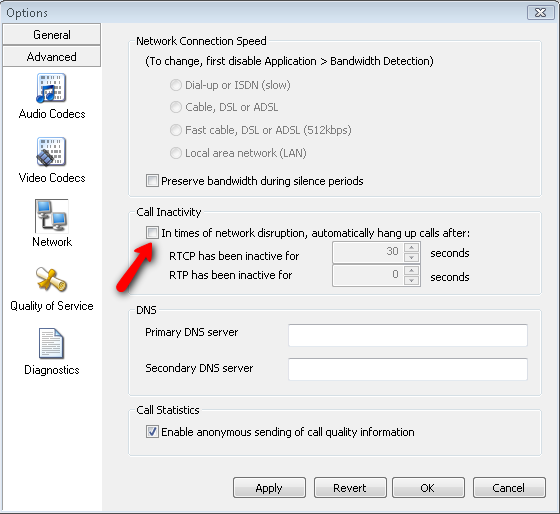Continue reading “ACD – A PBX feature or a Call Center Application?”
Asterisk based Contact Centers
Feature-rich call center ACD to go with Asterisk
Continue reading “Feature-rich call center ACD to go with Asterisk”
Flexibility within a Call center ACD with Agent seating and ON-Hook/OFF-Hook telephony
Scalability of Asterisk for larger ACD deployments
Continue reading “Scalability of Asterisk for larger ACD deployments”
CTI (Computer Telephony Interface) for Asterisk
Continue reading “CTI (Computer Telephony Interface) for Asterisk”
Call center migration to Asterisk
Asterisk leadership in IP telephony for Call Centers
Continue reading “Asterisk leadership in IP telephony for Call Centers”
Call center ACD
It is understood that ACD (Automatic Call Distribution) represents much more than what a typical PBX offers. It is used when the purpose of incoming calls is more than reaching a specific phone extension. Contact centers require highly evolved ACD to bring efficiency to their operations. Let us look at what we can expect an ACD to do:
X-lite default setting hangs-up the phone if you are silent
Last updated: August 10, 2016
We have clients using our call center software Q-Suite with a variety of IP-phones and softphones. One of the popular softphones is X-lite and its licensed version eyeBeam. There are times when it takes considerable investigation of a problem to identify the cause. Recently we came across one which warrants a mention.We were investigating complaints about calls being dropped. Generally with VoIP and SIP, this raises all sorts of alarm and as always, we started a detailed investigation to determine cause of the connection drop between the softphone and the our contact center platform. Many of our customers are hosted multi-tenant contact center service providers and the usual suspect is the infrastructure. In this case, the debug log did not point to anything suspicious until we noticed a pattern of agents being silent before the the softphone sending a ‘BYE’. This was happening without any agent action. The SIP user-agent (X-lite) was hanging up. It did not take very long to determine the culprit within the X-lite settings. You have the screen-shot with the red arrow pointing to the checkbox.
Other softphones have similar functionality. For instance, Zoiper phones appear to have a “Keep alive time-out” setting that defaults to on. Recent versions allow you to control that yourself under the “Advanced” tab of the Account options. Be sure to check out your particular brand of softphone for the same kind of settings.

